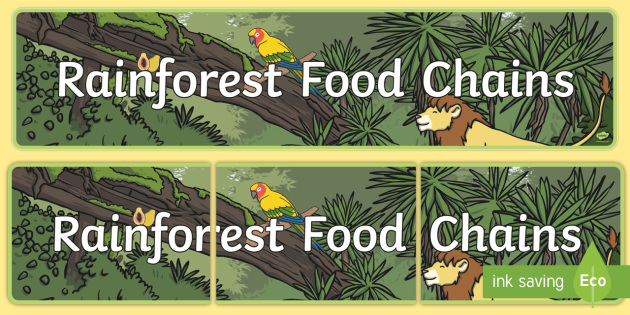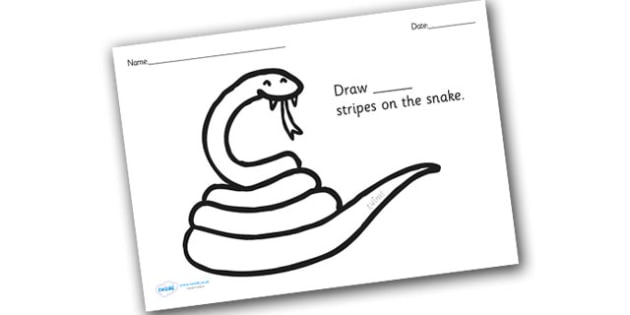

A Boa Constrictor is a large snake, usually brown, grey or cream. They’re powerful snakes and sneaky hunters. They usually hunt at night and live in tropical climates, mainly Central and South America.
Due to the habitats they live in, Boa Constrictors have some of the most distinctive markings of all reptiles. Their bodies can be tan, yellow, red, green and have incredible oval, diamond and circle patterns. There are 7 different subspecies of Boa Constrictors that are based on the locations they can be found. These are:
All the different species of Boa Constrictor are carnivores and eat animals from as small as mice to as big as ocelots and medium-sized birds. They’re definitely not picky eaters, don’t worry though, they don’t bother with humans.
The Boa Constrictor’s habitat is typically known as the rainforest or tropical environments. They love the hot, damp tropical rainforest, but they have been known to live in drier semi-desert areas. Their favourite place to live is right next to rivers and lakes. They’re known to be great swimmers, don't go to the swimming baths with one though.
They even like to live near humans too. Sometimes they are found on farms in South America. They might seem scary, but they don’t mind people. They like to live near us because they can catch all the rats and mice on farms.
Boa Constrictor habitats can be found all over Central and South America, including the islands sitting off the coast. They were even introduced into Southern Florida in the United States. They’ve started reproducing in the wild on the US Virgin Islands too.
The Boa Constrictor is different from other snakes because of the way it hunts. Due to being non-venomous, they have to use their bodies to hunt their prey. You want to keep out of the reach of these pesky creatures as they hunt by wrapping their bodies around their prey, so it can’t get away.
By hunting at night they can sneak up on whatever they’re hunting. This can include rats, birds, monkeys and even wild pigs. When they have a full stomach they don’t have to eat again for weeks and can take up to 4-6 days to digest their food due to their slow metabolism.
By the time they’re fully grown, Boa Constrictors can weigh up to 100 pounds and 13 feet long. They like to live alone and can usually live for up to 30 years, that’s a long time to live on your own.

Boa Constrictors start to reproduce during the dry season, between April and August. Almost half of all the Boa Constrictors in the world manage to reproduce every year. Female Boa’s signal to male Boa’s that they want babies by emitting a pheromone. The babies take about 100-120 days to grow inside their mother before she’s ready to give birth. This is what’s known as a gestation period. When the mother is ready she can have up to 60 live babies. Wow, that’s a lot of children!
Because the mother wouldn’t be able to raise all of her children, they’re born with the instinct and built-in knowledge of how to hunt. They also know how to hide and stay safe from predators. As a baby Boa Constrictor grows, so does its appetite. They start off eating small things like mice and work their way up to bigger animals.
Unfortunately, Boa Constrictors are hunted for their skin so some of them are classed as protected.
How about using some of our teacher-made resources to help teach about Boa Constrictors. Or use our Boa Constrictor themed resources to help teach other topics too.
Days of the Week on Boa Constrictor
This is a lovely resource to decorate a wall in your classroom. It can be used every day to reinforce the days of the week and help your children keep track of time.
Rainforest Food Chains: Display Banner
This fantastic display poster can be used in your lessons on the food chains of the rainforest. Print this out and position it on a wall where all the class can see.
Snake Stripes Counting and Colouring Sheet
This is a great resource to get your children creative and engaged. Have them colour in their own Boa Constrictor with different colours and patterns to keep them relaxed and entertained.
 Home
Home  Membership
Membership  Customer Support
Customer Support  Create
Create  Blog
Blog 
























